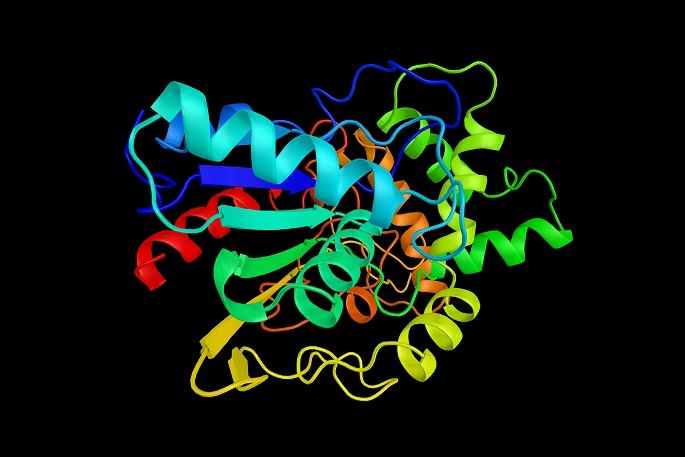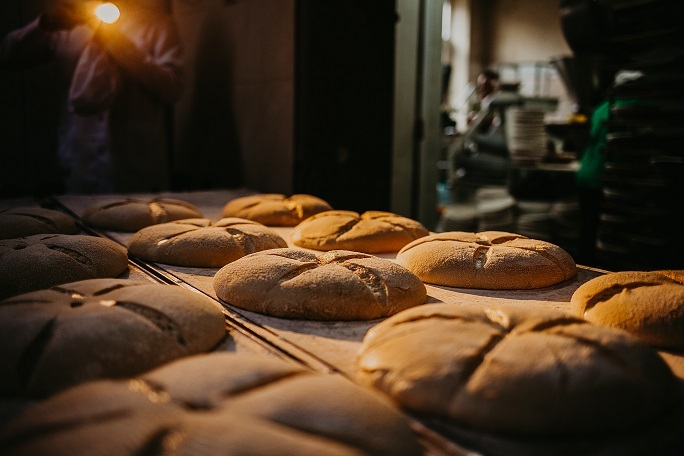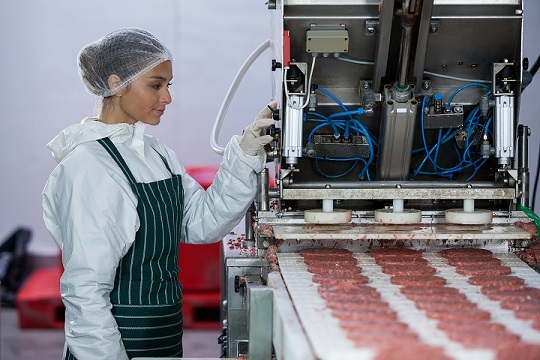
 Data Structure
Data Structure Networking
Networking RDBMS
RDBMS Operating System
Operating System Java
Java MS Excel
MS Excel iOS
iOS HTML
HTML CSS
CSS Android
Android Python
Python C Programming
C Programming C++
C++ C#
C# MongoDB
MongoDB MySQL
MySQL Javascript
Javascript PHP
PHP
- Selected Reading
- UPSC IAS Exams Notes
- Developer's Best Practices
- Questions and Answers
- Effective Resume Writing
- HR Interview Questions
- Computer Glossary
- Who is Who
Microbial Enzymes and Their Uses
Microbial enzymes have so many uses in a wide range of industries (including the textile, leather, paper and pulp, research and development, pharmaceutical, agricultural, detergent, waste, and bio-refineries, as well as the photography and food industries), they are crucial to many industrial production processes.
Introduction
As enzymes are environmentally neutral and don't produce greenhouse gases or energy-intensive waste products, in many industrial production processes chemicals are replaced with enzymes. Microbial sources of enzyme production are the most preferred sources for industrial enzyme production because microbes are easily accessible, they grow at a very fast rate, and they can be genetically modified to produce enzymes that can perform optimally at different industrial production conditions.
This helps the microbes survive the harsh production conditions and meet the ever-increasing demand for enzymes in many industries.

Bacterial Lipase
Classification of Enzymes
Enzymes are extremely specialized biomolecular catalysts that accelerate the rate of the substrate (s) to product conversion (s). These biomolecular catalysts can either be catalytic RNA molecules, often known as ribozymes, or proteinaceous macromolecules.
When enzymes adopt their tertiary or quaternary structures, they have specific locations that can be identified. Most important for their enzymatic activity in their tertiary or quaternary structures are their active sites which are usually located deep within a hydrophobic pocket in the enzyme.
An enzyme's specificity for its substrate is determined by its active sites, which distinguishes it from other enzymes. Thus, the Enzymes Commission (EC), established by the International Union of Biochemistry and Molecular Biology, used this as the foundation for classifying, naming and numbering the more than 3000 known enzymes.
Based on the types of reactions that an enzyme catalyzes, there are currently seven classes of enzymes.
Oxidoreductases
A class of enzymes known as oxidoreductases catalyzes the oxidation or reduction of substrates (s). Reductases, oxidases, peroxidases, oxygenases, dehydrogenases, and other enzymes are examples of oxidoreductases.
Transferases
A class of enzymes known as transferases is responsible for catalyzing the transfer of a certain functional group from one molecule to another. Peptidyltransferase, transaminase, acetyltransferase, methyltransferase, transaldolase, glycosyltransferase, transketolase, formyltransferase, transaminase, kinase, sulfotransferase, and others are examples of transferases.
Hydrolases
A class of enzymes known as hydrolases uses water to catalyze the breaking up of large molecules into relatively smaller ones by cleaving their bonds. Proteases/peptidases, amylases, glycosidase, lipase, phospholipases, lactase, acylase, etc. are examples of hydrolases.
Lyases
A class of enzymes known as lyases can catalyze addition or elimination processes without the need for hydrolysis or oxidation. Decarboxylases, pectolyases, aldehyde lyases, dehydratases, adenylyl cyclases, hydratases, etc. are a few examples of lyases.
Isomerizes
A class of enzymes known as isomerizes catalyzes intramolecular bond creation and breakage to change a parent molecule into its isomeric form. Racemases, epimerases, cis-trans isomerases, and other enzymes are examples of isomerases.
Ligases
Are a class of enzymes that use the energy released by the hydrolysis of ATP or another energy-rich phosphate bond to catalyze the combining of two or more molecules to create new chemical bonds and new molecules. Ligases include, among others, synthetases, chelatases, DNA ligases, and carboxylases.
Translocases
The EC categorized translocases as the newest class of enzymes in 2018. These are enzymes that facilitate the movement of molecules or ions through membranes. Carnitine-acylcarnitine translocases, ADP/ATP translocases, translocases of the inner membrane (TIM), and translocases of the outer membrane (TOM) are a few examples of translocases.
Uses of Microbial Enzymes
Different industries where microbial enzymes are used are -
Dairy Processing
Catalase and lactase are the basic enzymes used in the processing of dairy products. Low-lactose hydrolyzed milk can enhance the flavor, pleasantness, and health benefits of milk by reducing the amount of lactose in it.
The use of lactase in fermented milk can speed the reaction, increase the efficiency of the fermentation, and give the product a distinctive frankincense flavor while also extending its shelf life. Condensed milk contains lactase, which not only enables lactose to prevent crystallization during concentration but also enhances the flavor, reduces the amount of sucrose, and, as a result, prevents bacterial growth.
Baking Industry
- Amylase: Increases bread volume, softens texture, speed up batter fermentation, increases the softness of interior organization, provides a reasonable and stable bread color, and stimulates the growth of the boiler; Bread's elasticity and flavor are improved, and its new storage time is extended.
- Protease weakens the gluten to soften the batter and improve its viscoelasticity, extensibility, and smoothness. It also reduces the batter's blending time, which enhances the mechanical properties and baking quality, makes the item easier to form, and improves the flavor.
- Lipase: Delays the aging of starch; increases the bread's volume and volume stability; increases the bread's quality and capacity for preservation; reduces spots in the batter; increases bite power; prevents noodles from sticking to boiling water; makes them hard to break; increases tensile resistance and elongation of flour.

Meat Processing Industry
A certain quantity of bromelain combined with phosphates, calcium chloride, and other ingredients can greatly improve the flavor of tender mutton.
This method of treatment results in lamb sausage with delicate meat, exceptional flexibility, and a distinctive flavor that is manufactured from raw components. In the same way, it makes up for the absence of lamb sausage in gammon sausage.

Fruit and Vegetable Processing
Usually gelatin, cellulase, and amylase are utilized individually or in combination. These enzymes are mostly used to peel fruits, clarify fruit juice, reduce fruit juice thickness, speed up the production of fruit juices, and increase stability.
They are also used to make vegetable juice, extend the shelf life of fruits and vegetables, reduce nutritional loss, etc.
Brewing Industry
Breweries use xylanases to hydrolyze the intricate barley cell wall when making beer. Xylanase hydrolyzes the xylan in the barley cell wall to produce shorter-chain oligosaccharides and arabinoxylans.
The viscosity and purity of the beer are also enhanced by the hydrolysis of barley. Companies that produce wine and beverages utilize lipase to enhance the scent of the beverages.
Conclusion
The demand for food sector products is anticipated to rise even further as the world population continues to rise. As a result, it is anticipated that both the demand for enzymes with applications in the food sector and the size of the global market for food enzymes would continue to grow.

